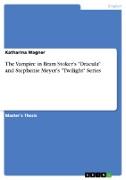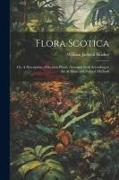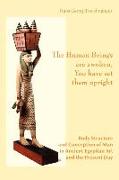The Vampire in Bram Stoker's "Dracula" and Stephenie Meyer's "Twilight" Series
BücherAngebote / Angebote:
Master's Thesis from the year 2020 in the subject English Language and Literature Studies - Literature, grade: 1, 3, University of Cologne (Englisches Seminar I), language: English, abstract: The allegation of the vampire's metamorphosis and the less frequent academic recognition of newer vampire fiction are what motivates this Thesis to examine the vampire yet once again. With the help of Bram Stoker's Dracula (1897) and Stephenie Meyer's Twilight Series (2005-2008), this paper will investigate the research question if the vampire of older literary works and the vampire of newer literary works are in fact so different from each other as previous academic works suggest.Throughout the last years, a large number of new vampire fictions, television shows and movies emerged, and the vampire slowly gains a representation in academic works. Most of these works deal with the vampire's symbolic nature, his function and what he represents, but it is evident that older works get treated significantly different than newer ones and they almost never include the vampire's folkloric or "real'" background.People of the academic works around the figure of the vampire will agree that a significant change in the vampire's nature between the nineteenth and the twenty-first century took place, because while our ancestor's vampires, such as human blood-sucking Nosferatu or Dracula, bring terror and evil to its people and are academically recognized far more often, the vampires nowadays seem to be tamed, sympathetic beings that utterly reject human blood.
Folgt in ca. 10 Arbeitstagen




